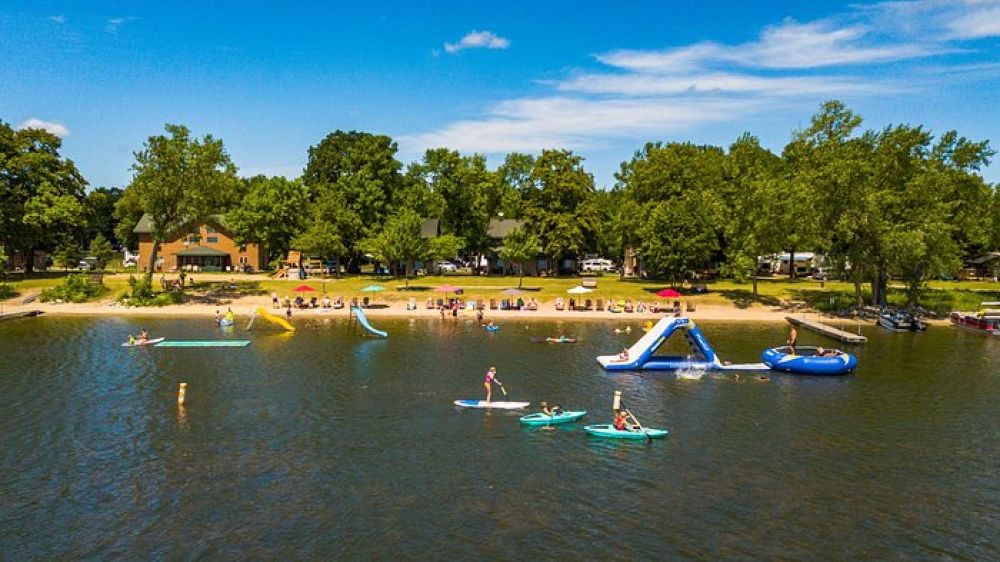

The history of tourism in Qayraqqum, Tajikistan, is deeply connected to the Qayraqqum Reservoir, also known as the Kayrakkum Reservoir, which has been a staple for local recreation since its creation. The reservoir was formed in the 1950s following the damming of the Syr Darya River for irrigation and electricity purposes. Over time, it became a popular destination for those seeking leisure and relaxation, and it thus emerged as a significant tourist attraction in the region.
In the Soviet era, Qayraqqum and its reservoir saw development of numerous sanatoriums, dachas (country houses), and holiday camps as the government promoted internal tourism within the USSR. After Tajikistan gained independence in 1991, the tourism sector experienced fluctuations due to political and economic transformations.
Following a period of stabilization, the Tajik government, recognizing the potential of tourism as a tool for economic development, has been making strides in improving the infrastructure and facilities around the reservoir. Today, Qayraqqum is undergoing a rejuvenation as a serene getaway, inviting both domestic and international tourists to experience its tranquil environment and recreational opportunities.
The tourism landscape in Qayraqqum is characterized by an increasing emphasis on eco-friendly practices and sustainable development. The resorts along the shores of the reservoir are advancing towards a model that balances leisure and environmental consciousness. With a focus on minimizing the ecological footprint, many new resorts prioritize green initiatives such as waste reduction, water conservation, and the use of renewable energy.
Another trend is the enhancement of visitor experiences through modern amenities that cater to a broad spectrum of preferences. This includes the development of water-based activities such as boating, jet skiing, and fishing, complemented by on-shore pursuits like hiking and bird watching. The resorts increasingly offer cultural programs and events that showcase traditional Tajik music, dance, and cuisine.
In recent years, attentive to the rise of digital nomadism, the resorts around Qayraqqum Reservoir have begun to offer high-speed internet and work-friendly environments. This allows professionals to blend work and leisure, leveraging the scenic backdrop of the reservoir for a unique remote working experience.
Initiatives aiming at improving connectivity and transportation to the area are also underway, with improved roads and potential flight routes making it easier for travelers to discover Qayraqqum. Enhanced marketing efforts have led to an increase in the visibility of Qayraqqum on social media, drawing interest from younger demographics and international audiences seeking off-the-beaten-path destinations.